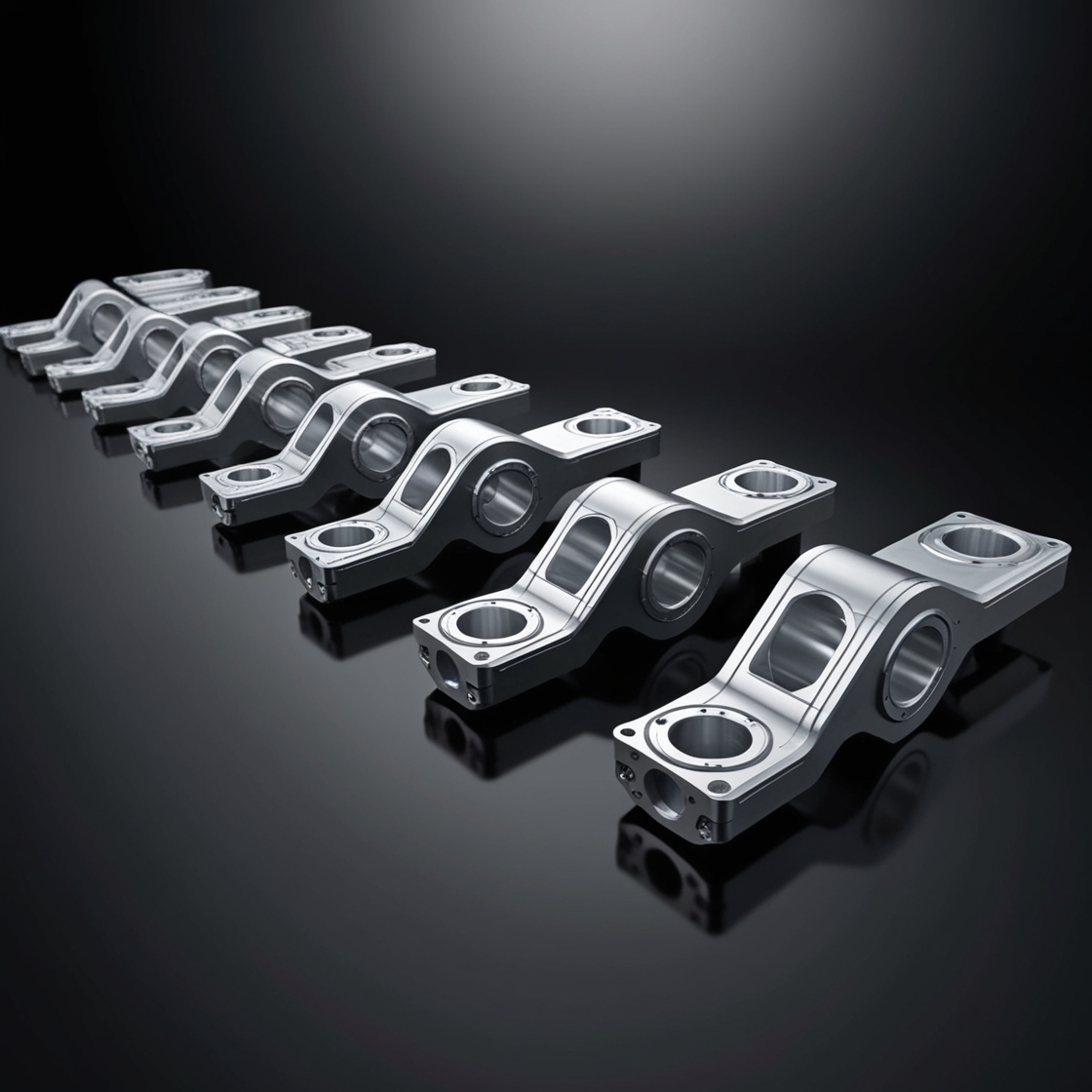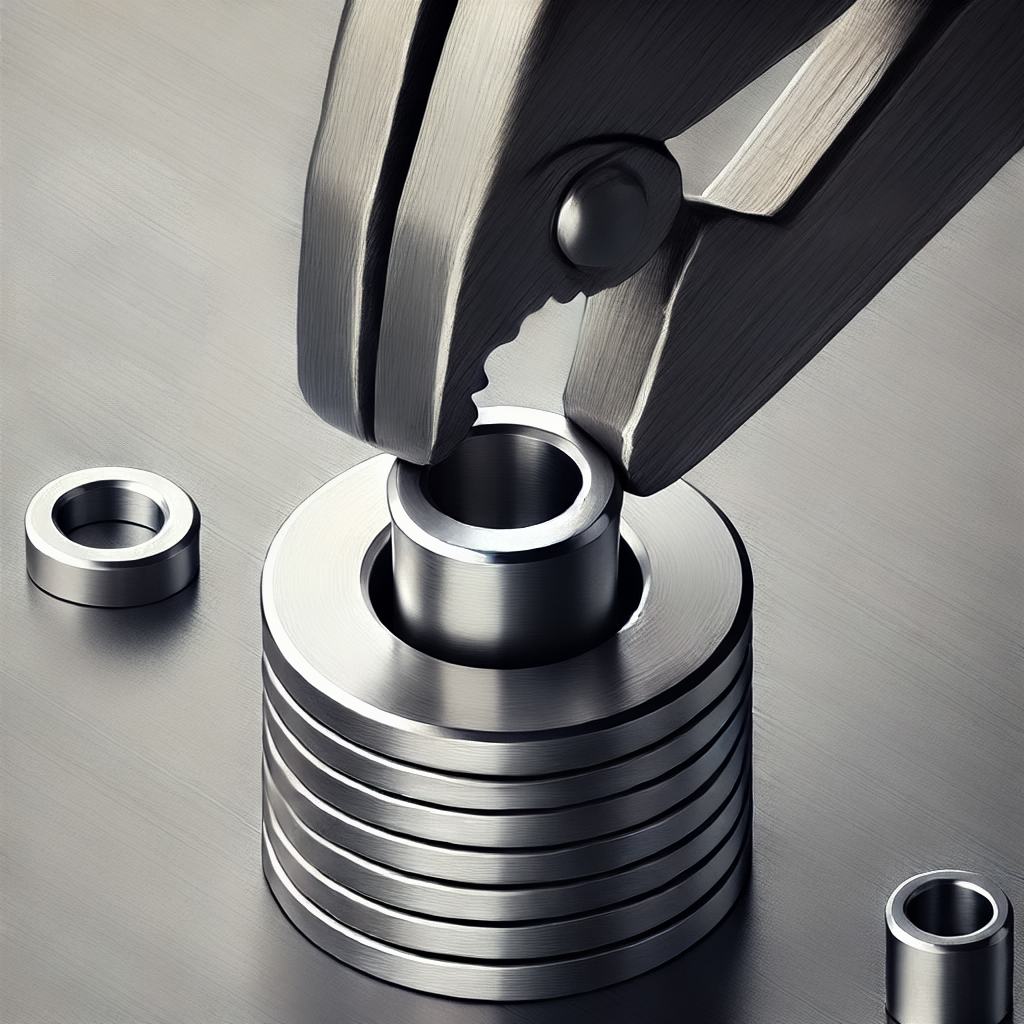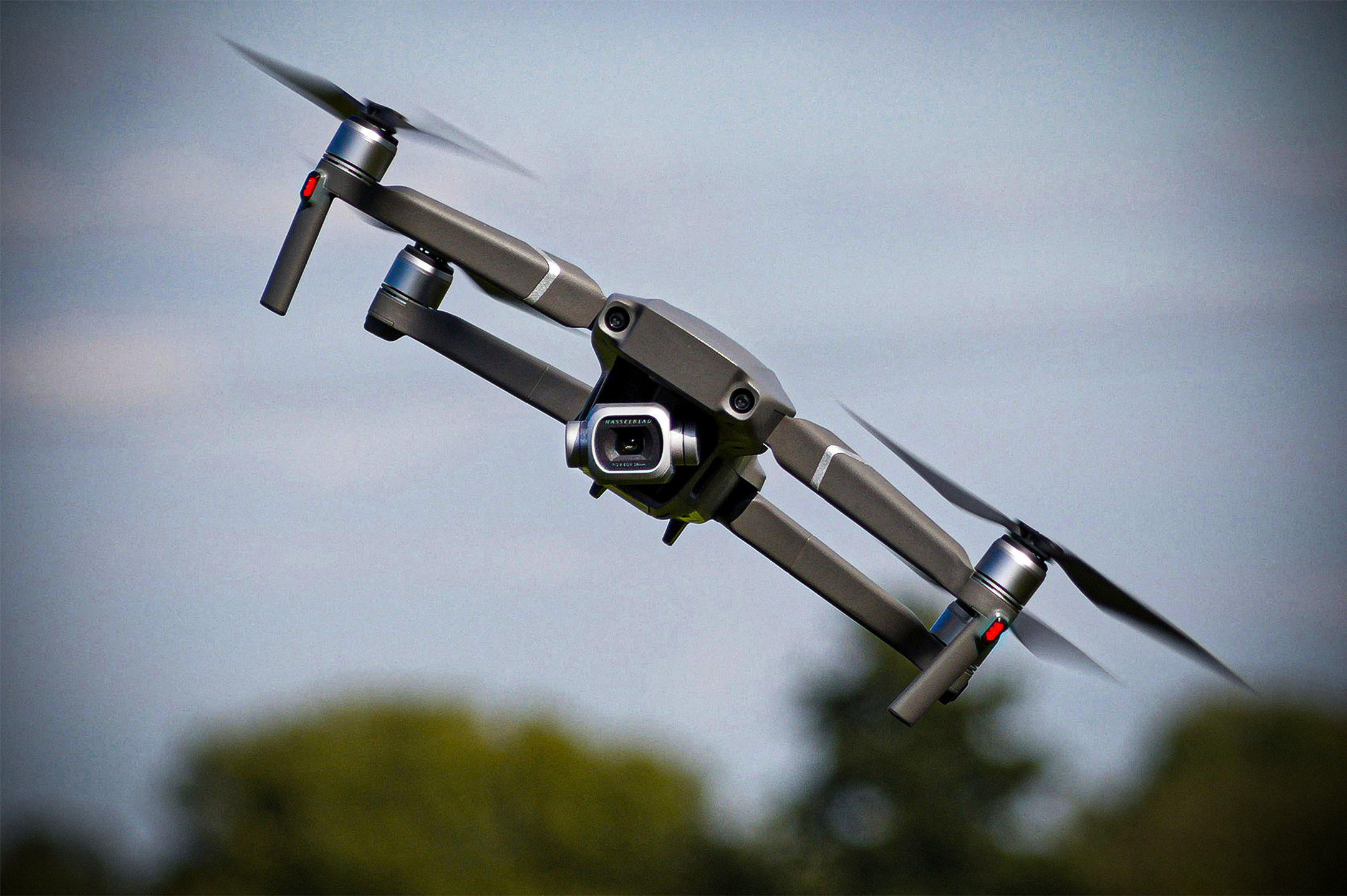CNC Machining Applications in Medical & Healthcare Industry
The medical and healthcare industry requires medical devices and parts to have high precision. The medical equipment, instruments, and implants have to be flawless as it involves human life, and any error can result in severe health complications or even death. This makes it necessary for the machining of medical devices and implants to be highly tolerant, precise, repeatable, and consistent.
The advent of 5-axis CNC machining has opened doors to easily manufacture medical parts and implants similar to human parts with high precision. These machines utilize various configurations to design intricate medical parts at speeds never before imagined while also greatly reducing any chance of error.
Features of 5-Axis CNC Machining
More Degrees of Freedom (DoF)
Tool Guidance
Shorter Cutting Tool
History of 5-Axis CNC Machining
An in-depth history of 5-Axis CNC Machining can be found in Golden E. Herrin’s work in 1995, which explains the first 5-Axis CNC Machining was invented in 1958, way before numerical control prevailed. The United States Air Force contracted Cincinnati Milacron Inc. to manufacture and test a 5-axis vertical mill for analyzing any potential feasibility. But the machine was not considered very practical then.
Later on, when Numerically Controlled machines were developed, they extended to be developed into CNC machining. Multiple programming languages were formed, and CNC started gaining quick popularity. The next evolutionary step was the development of Post-processing systems. Computer-Aided Design (CAD) programs were used to help create, modify, analyze, and improve designs. Computer-Aided Manufacturing programs were used to control machine tools in manufacturing.
Post-processors translate CAM data into a programming language known as G-code that CNC machines can read and operate accordingly. This advancement made the functioning of 5-Axis CNC machining easier, more efficient, and popular. This development was limited to the aerospace industry regarding multi-axis machines due to various complexities and their affordability to manufacturers in other industries. The high cost of computers and 5-Axis CNC machining hindered manufacturers from opting for the machine.
Subsequently, when the price of computers fell with increased demand during the 1960s, 5-Axis CNC machining started becoming affordable to all levels of manufacturers. CNC machining was listed as a controlled commodity by the US Department of Defense, citing its importance to national security. Only in 2009 was it allowed to be exported to precision machinery, subject to the condition that distributors and producers created features prohibiting machine tampering.
This, coupled with many other developments in post-processing systems, CAD, and CAM programs, improved automation, and production of high-quality projects, thus making 5-Axis CNC machining the most opted one. Eventually, the benefit of fast production, along with precision, repetition, and zero error, that the 5-Axis CNC machining could provide to the medical field was identified.
Since 5-Axis, CNC machining has been widely used in micromachining cardiovascular, orthopedic and other devices, implants, and machining surgical instrumentation. The quality and availability of equipment used in surgery and parts implanted in patients are key to the wellness and lives of patients and the reputation of doctors and medical institutions.
The 5-Axis Machining Process
The process of the 5-axis machining is what has made it extremely important, reliable, precise, and flawless, given that around 60% of CNC shop products require five-sided machining. As the name goes, the machine can move in “five” directions, unlike traditional tools that can only move along the X and Y axes. 5-Axis CNC machining has X, Y, Z, and A, B, C Axes.
A 5-Axis CNC moves along its different axes in the following manner:
Axis
Movement
A 5-Axis machining has two main configurations:
Swivel-Rotate:
Trunnion
Applications for 5-Axis CNC Machining in the Medical and Healthcare Industry
For manufacturing complex 3D-shaped devices and parts, 5-axis CNC machining is the best tool to opt for. The process meets the rigorous healthcare standards, which can be assured by the precision, repeatability, rate of production, and flawlessness of 5-axis CNC machining.
5-Axis CNC Machining is commonly used in manufacturing the following medical devices and parts:
Machined Surgical Instruments
High-grade surgical instruments that require faultless to ensure perfection and success in medical procedures can be manufactured using 5-axis CNC machining. These instruments are subject to safety requirements. A few such surgical instruments are:
- Surgical scissors.
- Blade handles.
- Biopsy tubes. Cutters.
- Saws.
- Implant holders.
- Forceps.
- Plate benders.
- Holders.
- Clamps.
- Spacers.
Micromachining
It manufactures extremely small and sophisticated medical parts used in drug-delivering technologies, implantable devices, exploratory surgical tools, etc. Manufacturing these requires a high level of expertise, because of which 5-axis CNC machining is the most suitable tool. The feature size of components goes up to 50 microns.
The following devices can be produced using micromachining:
- Catheters.
- Pacemaker components.
- Stents.
- Miniature screws for devices, implants.
- Drug delivery systems.
- Tubes.
- Ophthalmic devices.
Electronic Medical Equipment
Unlike surgical instruments, which only have one or two metal components, certain complex equipment comprises or is even made out of several individual parts. Such complex equipment must be extremely precise to function without failure and can only be manufactured by 5-axis CNC machining. Some individually machined equipment parts include buttons, switches, levers, or bigger parts like monitor housings.
Electronic Medical Equipment that comprises thousands of smaller parts includes:
- Heart Rate monitors.
- X-Ray machine.
- Ultrasound equipment.
- MRI scanners.
- CT scanners.
- Diagnostic equipment.
- Monitors.
- Lighting.
Medical Implants
With 5-Axis CNC Machining, bodily implants can be manufactured that accurately imitate the structure and functioning of body parts and organs. Injection molding would be comparatively uneconomical to manufacturers due to the low and specific demand for implants. Hence, 5-Axis CNC machining ensures the implants’ personalization, durability, and performance.
The following is a list of common 5-axis CNC machined implants:
- Knee implants.
- Hip replacements.
- Dental implants.
- Spine implants.
Benefits of Utilizing 5-Axis CNC Machining in the Medical and Healthcare Industry
1.Time and Cost Efficiency
2.Easy Set-up
3. Machining of Complex and Intricate Medical Parts
Conclusion
Views: 263









